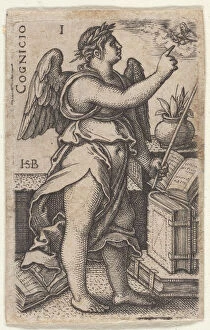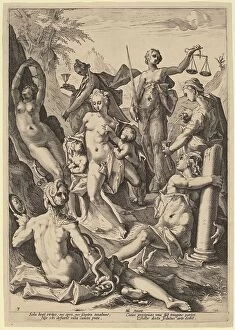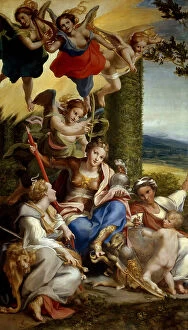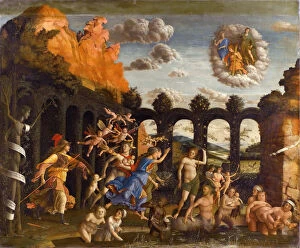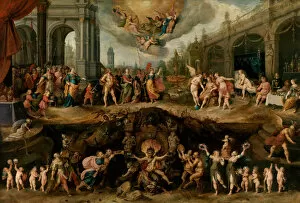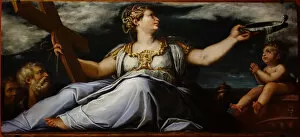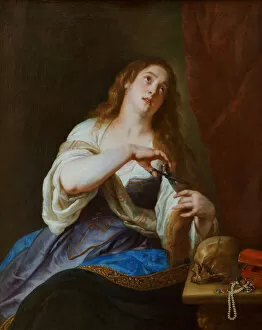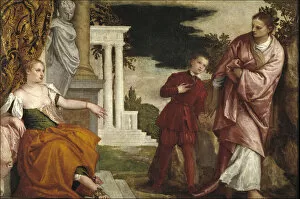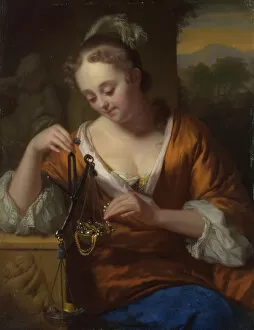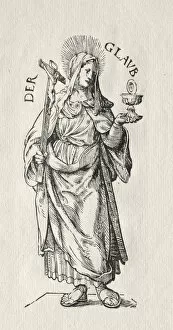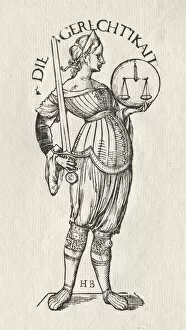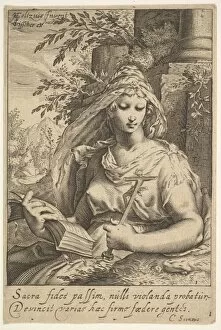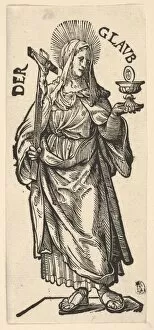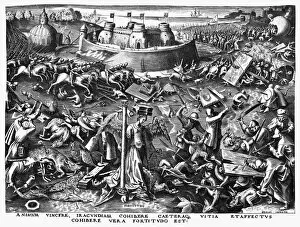Seven Virtues Collection
"The Seven Virtues: A Timeless Reflection of Human Morality" In the artistic masterpieces of Francesco di Stefano Pesellino, Unknown creator, Giorgio Vasari
All Professionally Made to Order for Quick Shipping
"The Seven Virtues: A Timeless Reflection of Human Morality" In the artistic masterpieces of Francesco di Stefano Pesellino, Unknown creator, Giorgio Vasari, Bonifacio Veronese, Andrea Mantegna, Domenico Tintoretto, Caspar de Crayer, Paolo Veronese, Antonfrancesco Guidi (called Scheggia), Godfried Cornelisz Schalcken and Frans Francken the Younger lies a profound exploration of the seven virtues that have guided humanity for centuries. Temperance stands as a symbol of self-control and moderation in Pesellino's work. It reminds us to find balance amidst life's temptations and excesses. The Justice portrayed by Vasari embodies fairness and equality. Its presence serves as a reminder that righteousness should prevail in every aspect of society. Vasari also captures The Faith with great finesse - an embodiment of unwavering belief and trust in something greater than ourselves. It inspires us to hold onto hope even during our darkest moments. Veronese's depiction showcases Justice and Temperance intertwined; it highlights the importance of both qualities working harmoniously for true virtue to flourish within individuals. Mantegna's masterpiece reveals Minerva Expelling the Vices from the Garden of Virtue - a powerful allegory urging us to cast away our vices in order to cultivate virtuous lives filled with wisdom and enlightenment. Tintoretto presents Prosperity as an aspiration worth pursuing through hard work and dedication. It encourages us to strive for success while maintaining integrity along our journey. Crayer portrays The Repentant Mary Magdalene as a testament to redemption and forgiveness. It teaches us that no matter how far we may stray from virtue, there is always room for transformation if we seek it earnestly. Paolo Veronese depicts a Young Man Between Virtue and Vice - an eternal struggle faced by every individual.


